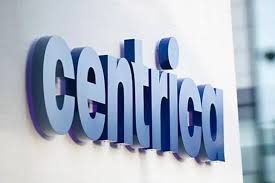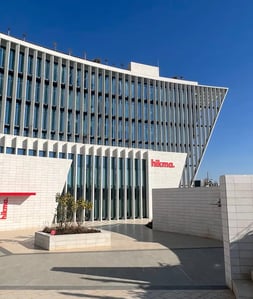As a titan in the lodging industry, Marriott International (NYSE: MAR) stands as a beacon of global hospitality, renowned for its extensive brand portfolio and robust market presence. With a market capitalization of $74.66 billion, Marriott commands a significant share of the consumer cyclical sector, which inherently aligns with economic ebbs and flows. This article delves into the nuances of Marriott’s financial health, valuation metrics, and what potential investors should consider when evaluating this hospitality giant.
**Financial Performance and Valuation Insights**
Currently trading at $272.59, Marriott’s stock has seen a slight dip of 0.01%, within a 52-week range of $211.12 to $304.45. The valuation metrics reveal a forward P/E ratio of 23.94, suggesting a moderate market expectation for future earnings growth. However, the absence of trailing P/E, PEG, and other valuation metrics like Price/Book and Price/Sales could imply that investors need to rely more heavily on forward-looking indicators and qualitative assessments, such as Marriott’s brand strength and strategic initiatives.
Marriott reported a revenue growth of 4.10%, a positive indicator of its ability to navigate the post-pandemic recovery phase. The company’s EPS stands at 8.78, which is a crucial metric for evaluating profitability on a per-share basis. However, the lack of a reported net income and return on equity (ROE) figures indicates the need for a cautious approach, encouraging investors to dig deeper into the company’s earnings reports.
**Dividend Prospects and Cash Flow**
Income-focused investors might find Marriott’s dividend yield of 0.98% modest, yet consistent. With a payout ratio of 28.67%, the company appears to maintain a balanced approach towards rewarding shareholders while retaining enough capital for reinvestment. Furthermore, Marriott’s free cash flow of approximately $1.81 billion provides a solid foundation for future growth initiatives and shareholder returns.
**Analyst Ratings and Market Sentiment**
The analyst community presents a mixed sentiment with 10 buy ratings, 16 hold ratings, and a single sell rating. The average target price of $275.40 suggests a potential upside of 1.03%, aligning closely with its current trading value. This reflects a consensus among analysts that Marriott’s stock is fairly valued at present, with limited immediate upside potential.
**Technical Analysis**
From a technical perspective, Marriott’s stock is trading above its 50-day moving average of $240.96 but remains below its 200-day moving average of $257.72. An RSI (14) of 45.71 indicates that the stock is neither overbought nor oversold, suggesting a relatively stable trading position. The MACD of 9.06 compared to the signal line of 4.75 points to bullish momentum, albeit cautious, which could appeal to investors looking for steady performance rather than aggressive growth.
**Strategic Positioning and Brand Strength**
Marriott’s diverse brand portfolio, spanning from luxury offerings like The Ritz-Carlton and St. Regis to more economical options such as Courtyard by Marriott, positions the company to cater to a broad spectrum of consumers. This strategic breadth not only mitigates risks associated with market fluctuations but also enhances Marriott’s ability to capitalize on varying consumer preferences and economic conditions.
For investors, Marriott International presents a compelling case of a stable, globally recognized brand with a steady growth trajectory. While current valuation and market conditions suggest limited short-term upside, the company’s strong brand portfolio and strategic positioning offer a promising outlook for long-term, value-oriented investors. As always, thorough due diligence and consideration of broader economic trends are advisable when contemplating an investment in Marriott International.




































